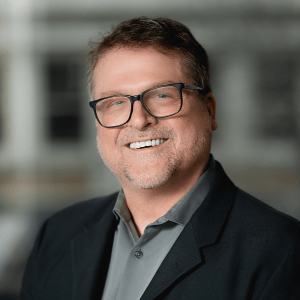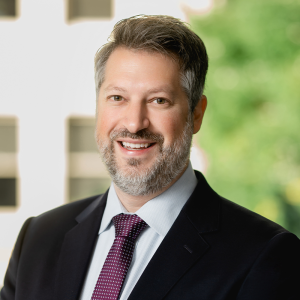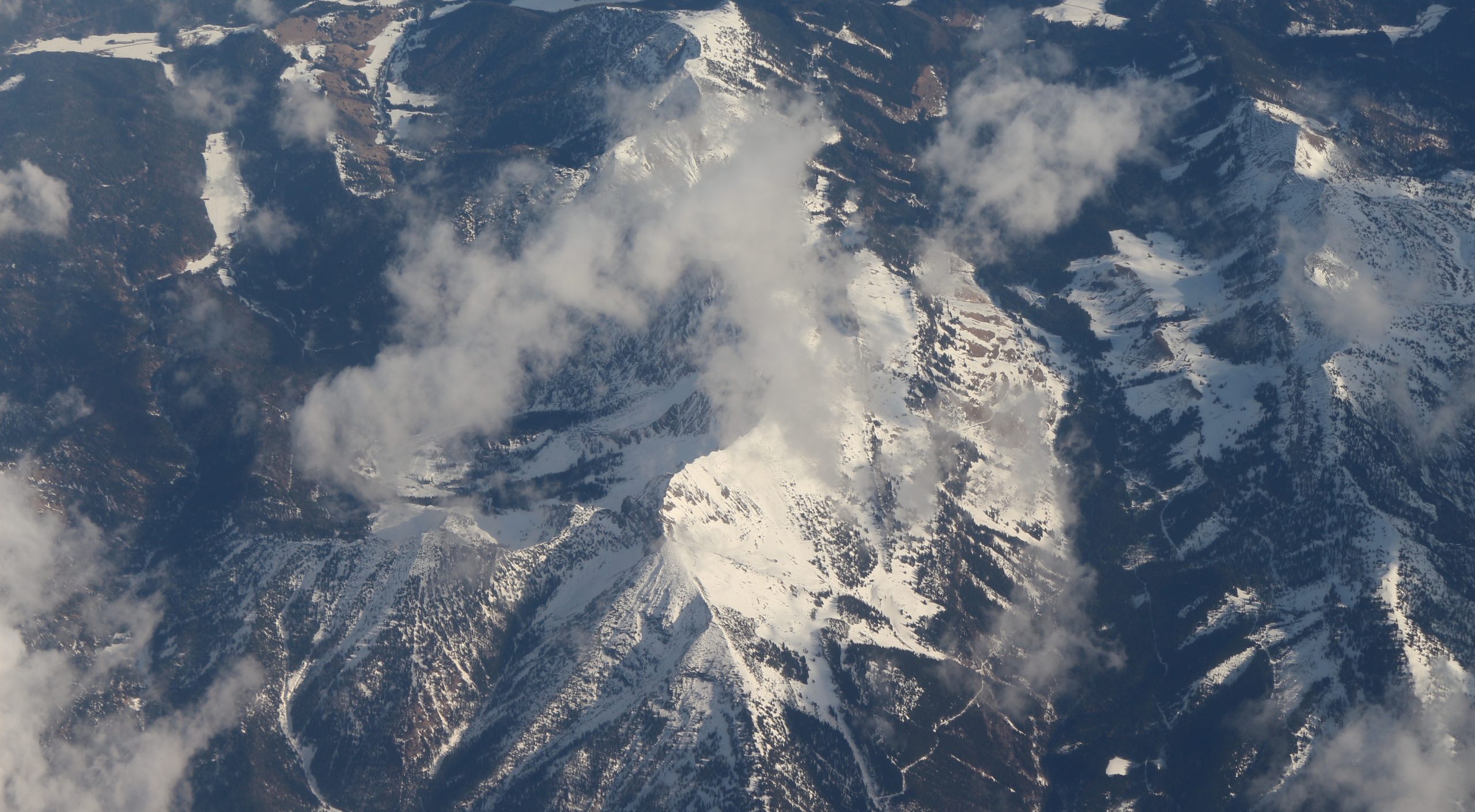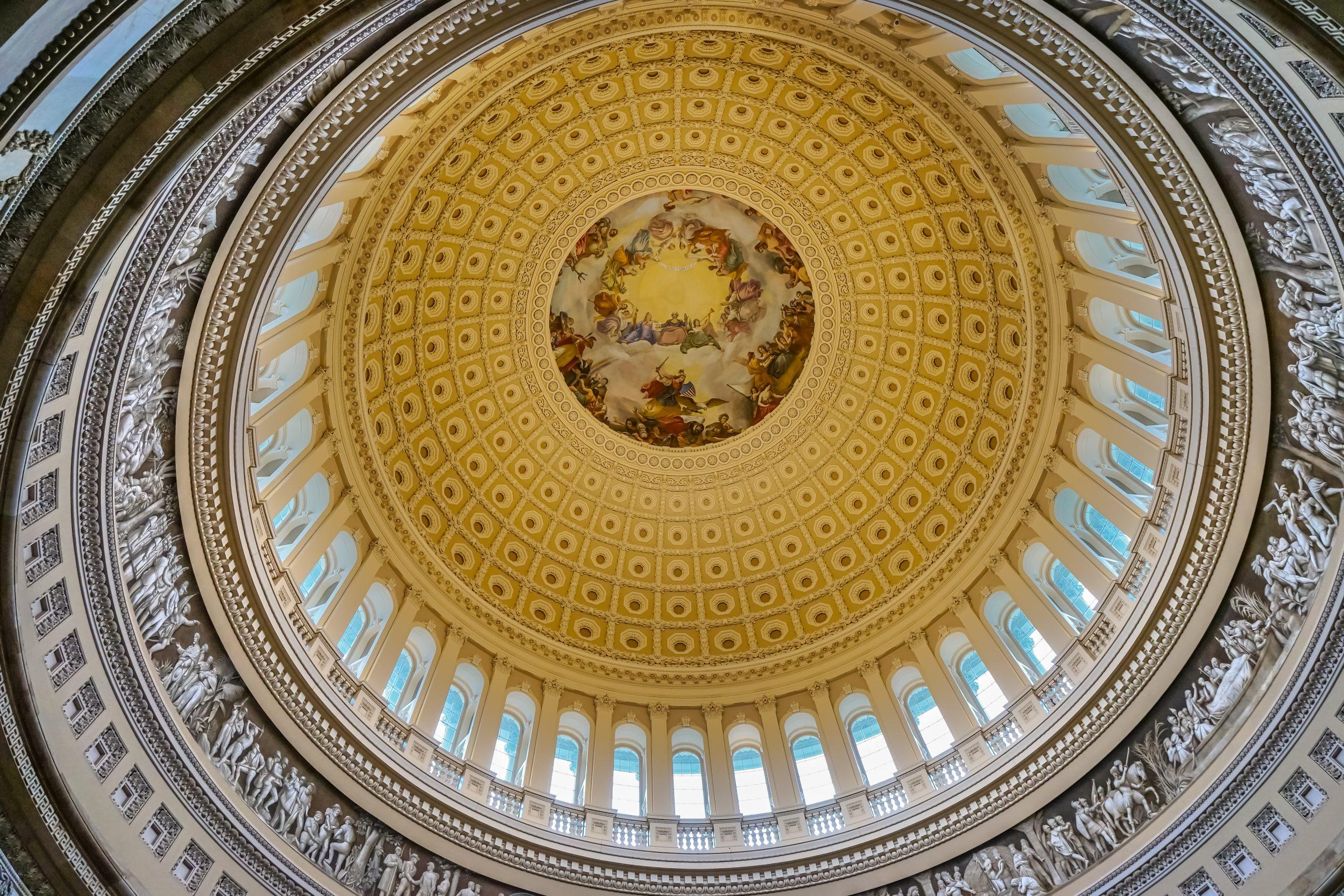We answer the best questions from our most recent webinar
EcoEngineers hosted a webinar on September 27 called “RNG: What’s the Next Frontier?” Senior Carbon Consultant Paul Niznik moderated the program, and he was joined by RNG Services Director Dave Lindenmuth and Climate Risk Director Dr. Roxby Hartley. After 20 minutes of presentation and conversation about where the renewable natural gas industry could be headed, we opened the floor for questions from the nearly 350 webinar attendees. Unfortunately, many inquiries went unanswered in the time allotted.
Our experts wanted to make sure the audience was heard, so below you will find 10 of the best questions asked at the webinar and our answers. Keep in mind without proper due diligence and knowledge gathering required to answer on specific projects, we are speaking mostly in industry generalities. Watch the full webinar here.
CARB has issued new policy for Advanced Clean Fleets where large fleets will be required to transition to zero-emission vehicles (ZEV) starting in 2024. What is the future of CNG in California?
-
- RH: There aren’t enough suitable electric vehicles for many fleets.
- PN: CNG buses are wildly popular and much less expensive than traditional diesel busses, and extremely cheaper than EV busses. The ACT requirements will have many opponents as it becomes binding
Has there been an analysis done on what California SB 1140’s requirement of 20% RNG by 2030 would have on California consumers’ energy bills?
-
- DL: The California Public Utilities Commission (PUC) has held public hearings on the topic, but we are not aware of any wholistic studies on this topic.
How can I learn more about the level of surplus or banked RIN credits? Any resources out there? What is the general scale of banked/surplus credits, and how has that changed over the past couple years?
-
- DL: There is limited information available on the RIN bank. The USEPA publishes monthly RIN generation data, but it is difficult to know how many are banked by obligated parties.
- PN: The USEPA had made estimates in their most recent rulemaking that are considered fairly low by most market participants. This is partially because they sopped performing deep levels of this analysis several years ago. The RFS market experts at EcoEngineers can be commissioned to provide analysis on the RINs bank if desired. Contact us for more information.
Are voluntary life-cycle analysis “jurisdictions” typically drawn along state lines? Electric Power ISO/RTO Lines? State Lines?
-
- RH: Depends on the context – California uses a mix.
Can you explain what eRINS are? I heard that EPA will issue regs in that space soon.
-
- DL: eRINs are RINs that would be creating using the existing USEPA pathway to generate renewable electricity through the use of biofuels (like biogas from landfills) and dispensing through the charging of electric vehicles. You can find out more about eRINs in our EcoInsights video library, or our latest eRIN webinar.
What percent of Natural Gas currently used in the U.S. is RNG?
-
- DL: Less than 1%; RNG volume is estimated at 0.2 billion cubic feet per day.
What are the current threats to RNG? What would make the market turn down?
-
- DL: A threat might be accelerated advancement of regulation that restricts or prohibits the use of natural gas in any form, and the mandate of vehicular electrification. However, RNG has the ability to be feedstock for other renewable fuels including electricity and next generation fuels like renewable hydrogen.
- PN: On the pricing side, a 180 shift in policy making from the national level because of party change of the White House could bring back something like SREs.
Why are RIN prices disconnected from RNG costs?
-
- DL: RIN prices are tied to RIN generation (supply) and RIN demand (regulatory obligation) in the RFS program, which is generally balanced by the USEPA annually.
- PN: And the costs for the most expensive digester RNG is supplemented by the LCFS. Meanwhile, RNG has been traditionally locked in contracts with no options to leave the transportation/RIN market if prices are unattractive, so there has generally been RNG supply changes to provide economic feedback to RINs prices. HOWEVER, this dynamic is changing…stay tuned! Sign up for our monthly newsletter to stay updated.
Can Mexican biogas, inserted into an existing U.S./Mexico pipeline, participate in transportation markets like the California LCFS?
-
- DL: At a high level, yes, if they are interconnected with the North American Natural Gas grid (which includes Canada and Mexico), but specific projects should be studied to confirm compliance requirements. Contact us for more information about your project.
Will EPA make any changes to the use of food in co-digestion and the impact on D3 RINs?
-
- DL: The USEPA may publish guidance on mechanisms to allocate D5 and D3 RINs from a co-digestion project, however we have no knowledge as to if/when this may occur.



We hope you enjoyed both the webinar and the extra information provided in this follow up. For more information about the future of the RNG markets, contact Paul at pniznik@ecoengineers.us, Dave at dlindenmuth@ecoengineers.us, or Roxby at rhartley@ecoengineers.us.




